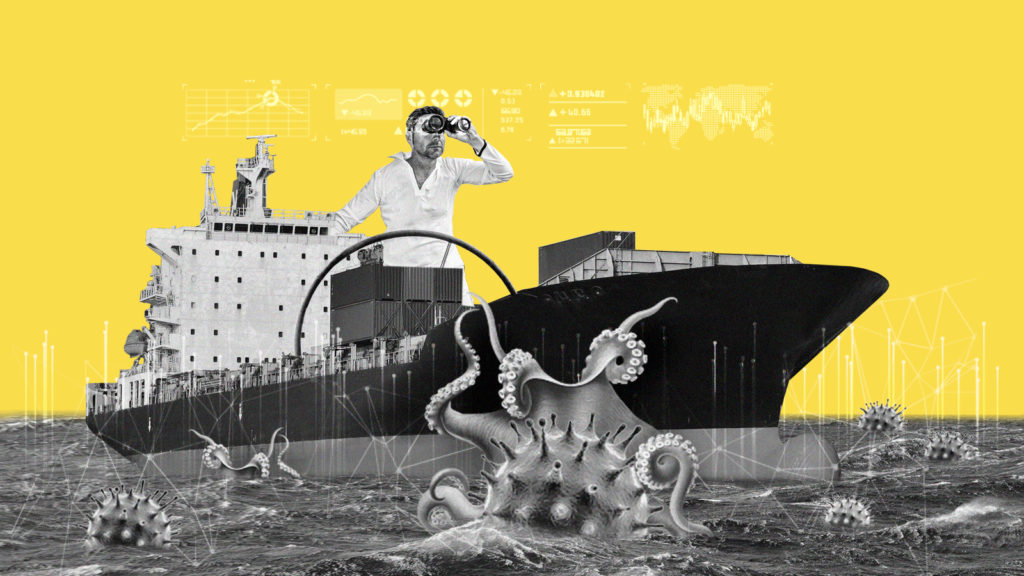Planning is everything. Supply management without supply planning is possible, but more than error-prone. But what if planning is no longer possible so easily? If there is suddenly an overwhelming disturbing factor that seems so unpredictable that proven analysis processes reach their limits? And which affects not only a partial delivery process, but the entire supply chain, the events in the shop floor and customer behaviour? This scenario is currently reality.
Resilience put to the test
Agility and resilience have been the foundations of supply chain management, and not just since the Corona crisis. Control over every aspect of the supply chain is the basic prerequisite for production in flow and thus an optimised customer experience.
However, it is no longer sufficient to base planning on a mere overview of resources, raw materials, pre-production and deliveries. Or even trusting a gut feeling. Since the Corona crisis at the latest, one thing has been clear: without complete transparency, permanent monitoring and analyses, the results of which lead to adjustments, the supply chain comes to a standstill.
In times of economic crisis, it is less a question of optimisation than of survival. But if you manage to set the right course now, you will work with a set-up after the crisis that will not only bear fruit in the next crisis, but will also show optimisation potential in the new day-to-day business. But that is just dreams of the future. Now the first question is how supply chain planning must be set up for the “new normal” in the crisis.
5 aspects that need to be addressed now
A transparent supply chain strategy can not only help to avoid legal
Now more than ever, the following applies: act strategically and keep an overview. Only when changing circumstances become known can we react to them. And that does not mean that it is enough to follow the daily news situation – data must be evaluated.
The current situation requires quick action and thus a short-term reaction. Five aspects must be taken into account:
- Create transparency – especially in multi-level supply chains, establish a list of critical components, determine the origin of the supply and identify alternative sources
- Estimating the available inventory along the value chain, including spare parts and after-sales stocks.
- Evaluation and assessment of customer behaviour
- Optimising production capacity in order to understand current and forecast capacity levels in terms of both human resources and materials
- Identify and secure logistical capacity, estimate capacity and flexibility in the mode of transport when required
Long-term change in supply chain planning
The Corona crisis is not the first event that challenges supply planning. And it will not be the last. In today’s complex and highly interdependent global economy, uncertainty is a constant.
Manufacturing companies that have already achieved data management and a high level of automation are at an advantage here. For everyone else, now is the right time to digitise previously manual processes and implement an integrated data management approach.
Digital supply chain management enables a smooth flow of stocks and orders across all modes of transport and borders. Supply chains become more transparent and responsive because open platforms allow better coordination of the workflows of delivery, storage, transport and visibility to the customer. According to Gartner, “by 2023, at least 50% of major global companies will use AI, advanced analytics and IoT in their supply chain”.
That this is not just a trend, but an absolute necessity has become clear in the current crisis at the latest. You decide what the crisis and the “New Normal” mean for your company. It is time to take a close look at your supply chain management – because it is already being put to the test.
Act now and prepare for the future! Here you can learn more about our software solution for Supply Chain Planning based on APS!
